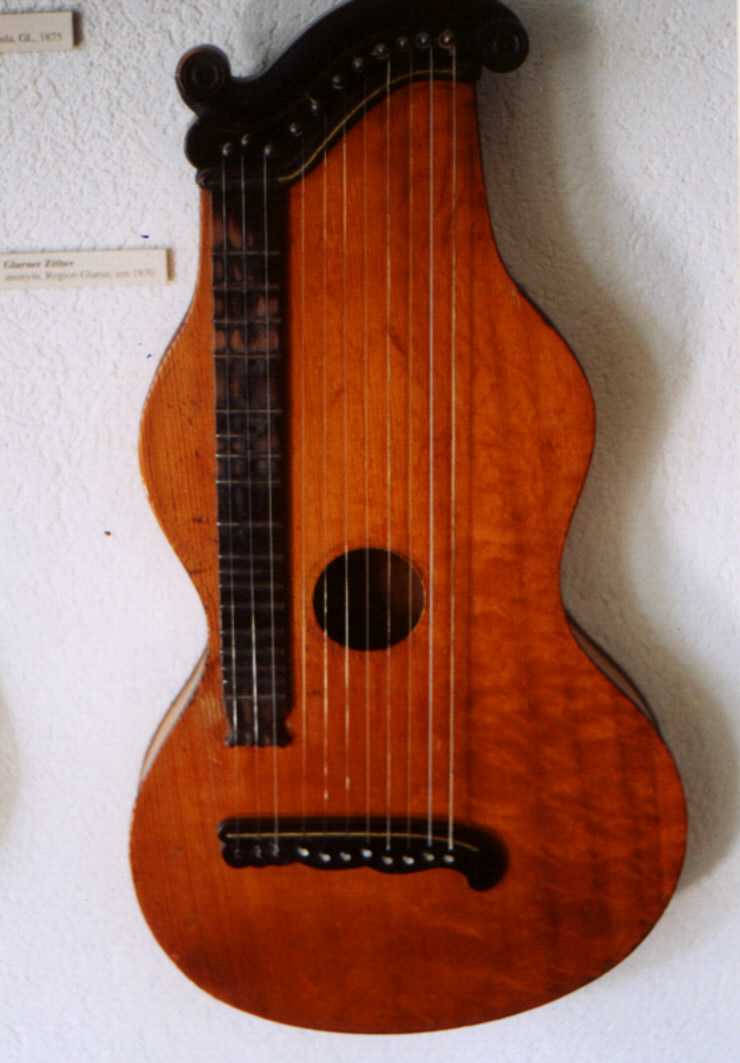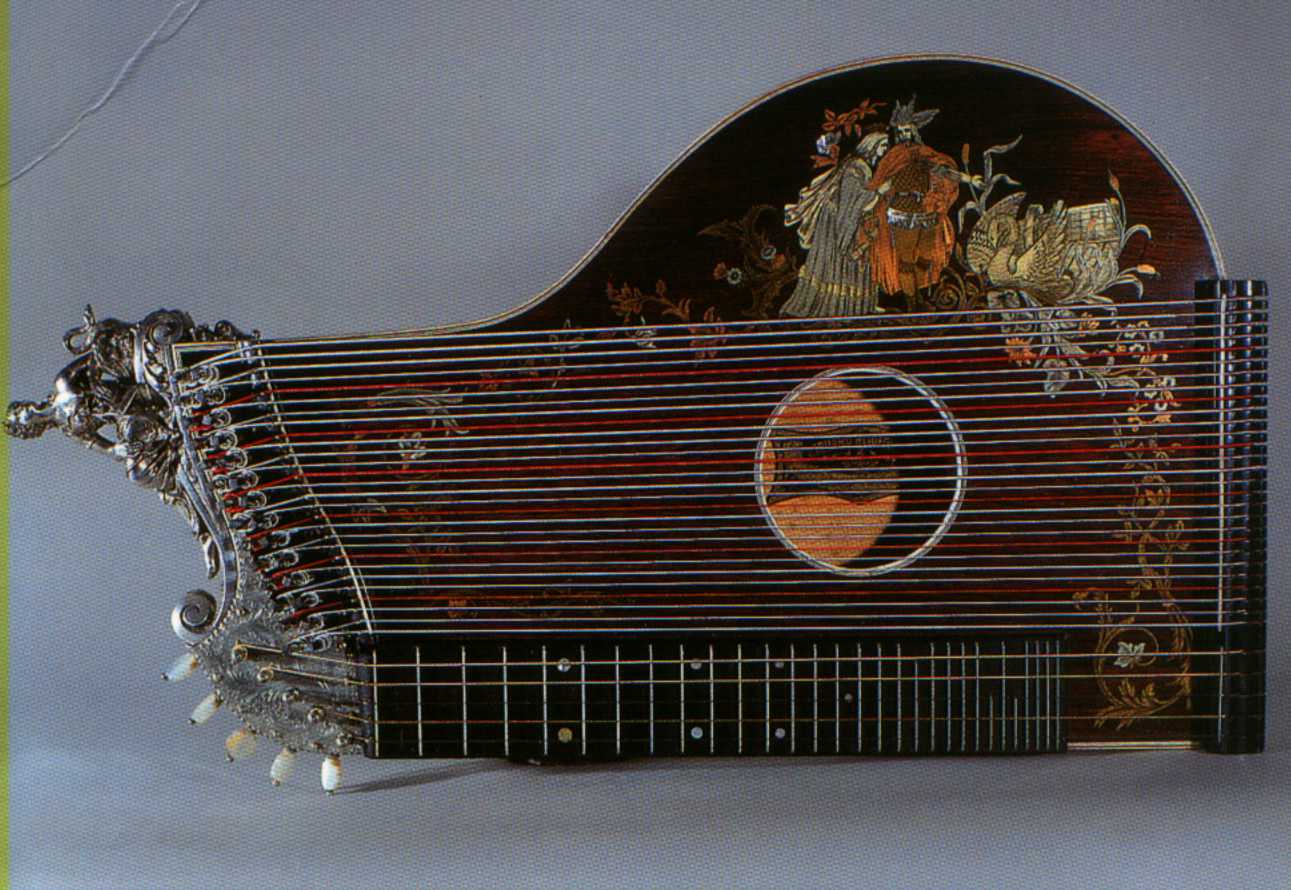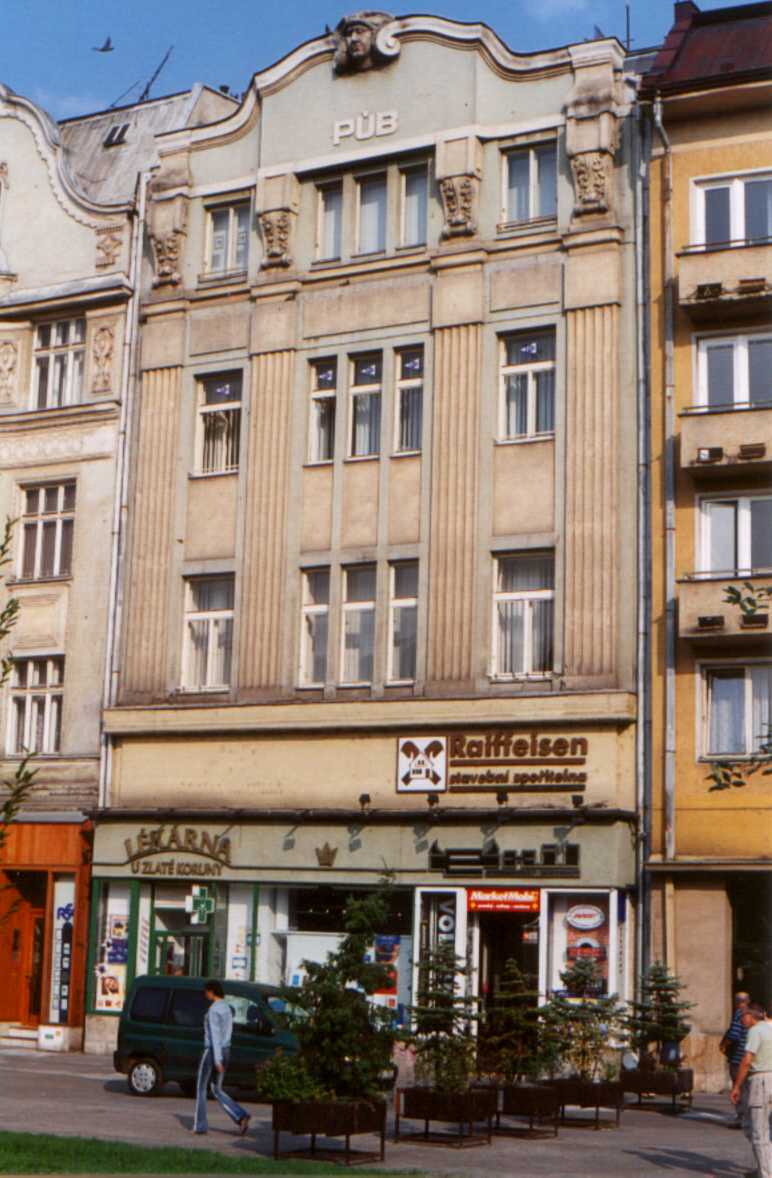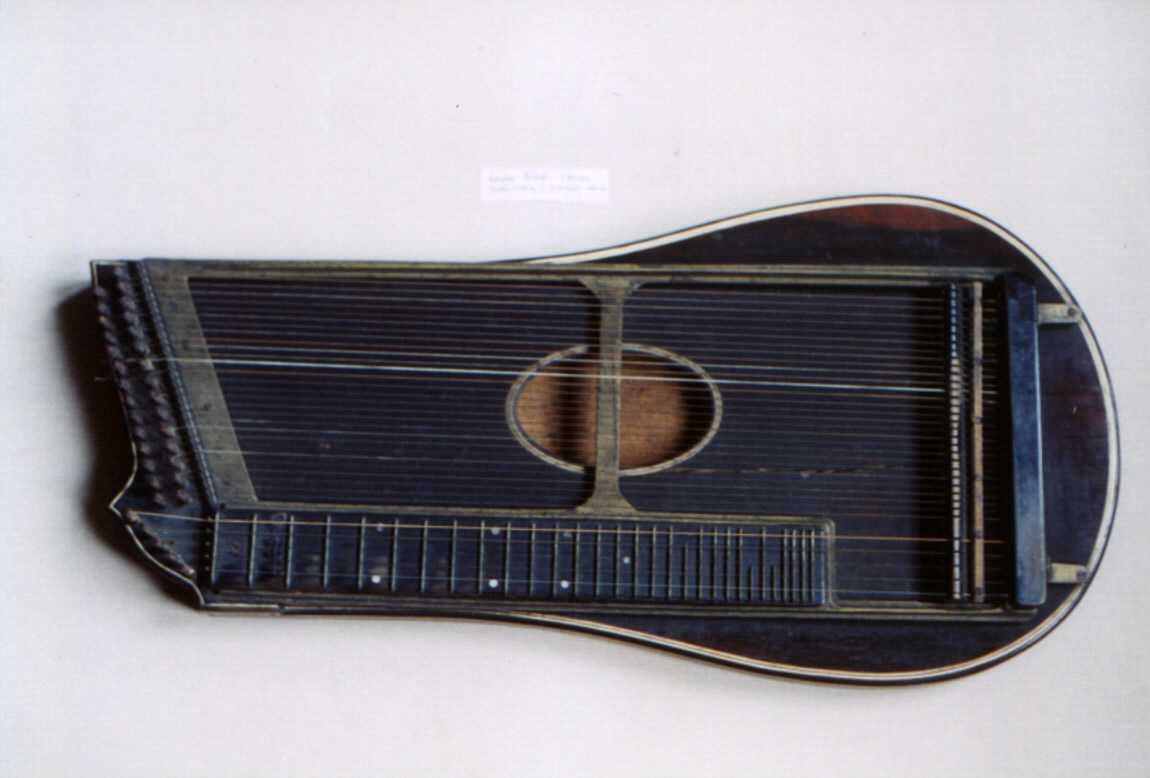
|
www.CITERA .cz |
Three large permanent exhibitions, focused on the history of the zither, have been established in Europe during the last two years. This fact itself is remarkable. I am certainly not the only one who has visited all of the expositions. However there are not many of us who have. I would like to highlight the fact that there is an opportunity to do so. I consider the afore mentioned development to be symptomatic and noteworthy. I would therefore like to share my still fresh impressions with the reader. The exhibitions will be mentioned in the order in which I have visited them.
Firstly I visited "Schweizer Zither Kultur Zenter" in Swiss Konolfingen (near Bern). Mr. Lorenz Muhleman, who is the founder and the soul of the "Zenter", is very closely connected with his museum for he repairs as well as makes zithers. He also plays concerts organized by himself, lectures, shows through his exposition, teaches people to play the zither, publishes expert articles and books, composes, records and releases his music. He is also able to organize paralle other exhibitions in Switzerland.
The exhibition is spacious and has good support facilities. The concept of the exhibition is to introduce both the general development of the zither in Europe and also specifically in Switzerland via the presentation of remarkable instruments and also contemporery picture documentation. As I was aware of the fact that Lorenz Muhlemann pays intenzive attention to accordzithers and fingerboardless zithers, I was glad to find also a large and quality collection of exhibited classic fingerboard zithers.

Konolfingen – Schweizer Zither Kultur Zenter

Glarner Zither
The overall impression of the visit in "Schweizer Zither Kultur Zenter" is that the whole museum serves the purpose of being there for all the "zither people". It is the real Swiss zither culture centre. The museum provides space for regular musical encounters, lessons and concerts. It is a place frequently visited thanks to all the above-mentioned activities of Mr. Muhlemann.
The exposition of zithers in Dietenheim is a part of Southtirol Provincial Folk Art Museum. Dietenheim is on the border with Brunico in northern Italy. Exhibited instruments come from the collection of Mr. Walther Schwienbacher, long-term enthusiastic zither and accessories collector. The exposition is situated on the whole of the third floor of the museum. The exhibits are exclusive pieces from almost all important European producers. They are presented in particularly suitable display cabinets and every instrument is given a detailed description.

Dietenheim near Bruneck in Südtirol

Südtiroler Landesmuseum für Volkskunde,
Dietenheim Museo etnografico, Teodone, Brunico
Visitors will surely benefit from audio-video equipment placed in every room, providing audio-video presentations of the history and genre of zither compositions (presented by Prof. Hannelore Laister and Heinz Gratz).
The experience of seeing so many well looked-after instruments made a great impression on me. It is therefore no surprise that this particular exposition receives a lot of attention from visitors of Southtirol Provincial Folk Art Museum.
The third permanent exposition called "The history of zithers in Bohemia, Moravia and Silesia" (Citerarium) is situated in the centre of Ostrava (Czech Republic) and is run by Eliska and Jan Folprecht. An absolute lack of information about zithers after World War II. In Czech republic initiated the start of gathering collection. The whole concept of the exhibition concentrates on – similar to previous exhibitions in Cheb (1988), Frydek-Mistek (1996) and Praha - Hradcany (1997) – the documentation of individual and continuous development of zither production and usage in Czech lands.

CITERARIUM

Gustav Friedl (Plesná)
Guitar zither with metal frame
The exhibition is arranged in three rooms and a hall and is accompanied by detailed authentic literature and graphic archivalia as well as explanatory texts. It also takes advantage of audio equipment. The collection of graphic arts with a zither theme starts as you walk up the staircase of the house and is dominated by two large paintings (copy of Fr. Defregger's motives). There is also a room for musical encounters regularly used by the zither club Radegast.
It is difficult for me as an author to judge the quality of the exhibition. However, having experience of the previously mentioned exhibitions I dare say that the exhibited collection of instruments clearly demonstrates the rich history of the zither in our country and as such serves the purpose of a Zither Museum in Bohemia, Moravia and Silesia.
I believe all three exhibitions are worth seeing. Each of the exhibitions presents from 70 to 90 unique instruments (approximately 200 others are kept in a depository). By seeing all three it is possible to see about 250 historical zithers and get acquainted with a lot of interesting information in context. It is necessary to mention the fact that two of the expositions do not serve only the purpose of reviving memories of old times but function as living and contemporary centres of zither life. (Mr. Schwienbacher is living in Great Britain therefore he cantœ do so, on the tap he is ill in last time). I have no doubt overseas visitors would find a trip to the triangle of Bern - Bruneck - Ostrava attractive especially when we consider the possibility of visiting some other smaller exhibitions in Town Museum in Ingolstadt or Museum of Musical Instruments in Vienna.
Schweizer Zither Kultur Zenter
Burgdorfstrasse 8
3510 Konolfingen
tel.:0041 317910008
Südtiroler Landesmuseum für Volkskunde
Herzog – Diet – Strasse 24
Dietenheim
I 39031 Bruneck – Südtirol
Tel.:0474552087
Fax.:0474551764
Citerarium
Masarykovo nám.20
710 00 Ostrava l
tel./fax: 00420596113096
e-mail: info@citera.cz